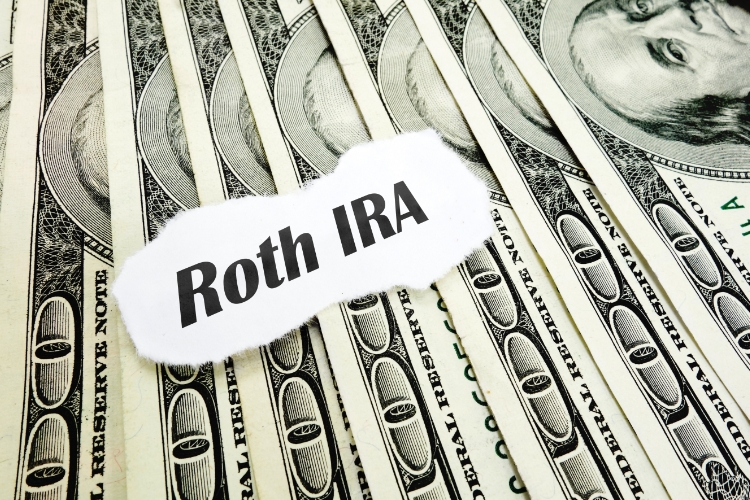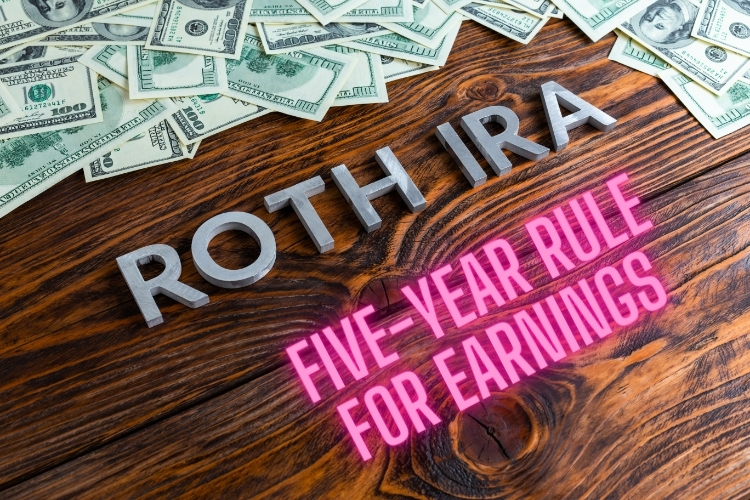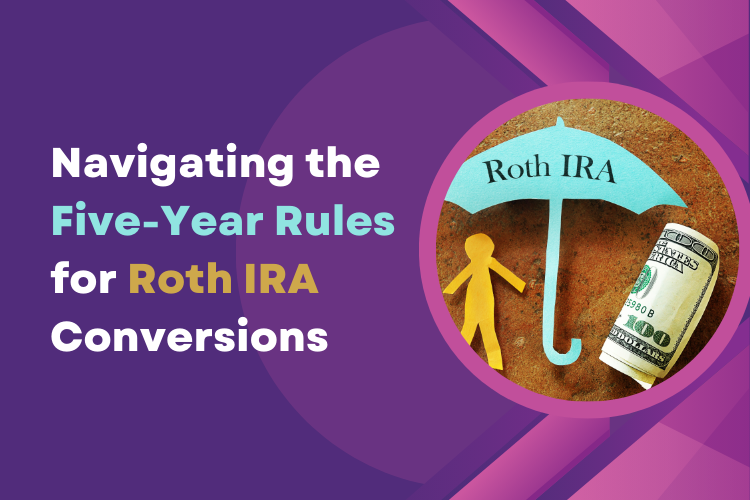Retirement planning is a critical aspect of financial health, and understanding the details of Individual Retirement Accounts (IRAs) can significantly impact your long-term savings.
One key aspect is the five-year rule associated with Roth IRA conversions. This rule is very important for people who are switching from a traditional IRA to a Roth IRA, and it is also very important as you get closer to retirement age.
Let’s delve into the details of this rule and how it applies to a real-world scenario.
Understanding the Roth Conversion Five-Year Rule

The five-year rule for Roth conversions is an IRS rule that encourages people to save for the long term.
It says that no matter what age you are, you must wait five years from the beginning of the year that you moved money from a traditional IRA to a Roth IRA before taking that money out without being penalized.
This rule is applied to each conversion separately, meaning multiple conversions will each have their own five-year timeline.
Real-World Scenario: Converting on December 29, 2023
You change your traditional IRA to a Roth IRA on December 29, 2023. According to the five-year rule, the clock starts ticking on January 1, 2023, the beginning of the tax year in which the conversion occurred.
This means the funds you converted will be available for penalty-free withdrawal on January 1, 2028, after the five-year period has elapsed.
The Impact at Age 59 and Beyond

For those who are 59 or older and considering a Roth conversion, it’s crucial to understand the following:
1. Individual Five-Year Periods:
Each conversion initiates its own five-year period. If you convert money at age 59, you cannot access it without penalties or taxes until at least age 64, assuming you do not have any other Roth IRAs that have already reached their five-year period.
2. Contributions vs. Earnings:
It’s essential to differentiate between your contributions (the money you’ve invested) and the earnings on those contributions.
You can take money from a Roth IRA anytime without paying taxes or penalties. However, earnings are subject to the five-year rule for earnings.
The Roth IRA Five-Year Rule for Earnings

Beyond the conversion rule, there’s a separate five-year rule for earnings within a Roth IRA. To withdraw earnings without taxes or penalties, you must meet two conditions:
- You must be at least 59½ years old.
- The Roth IRA must have been open for at least five tax years.
This rule ensures that Roth IRAs are used for their intended purpose, which is to save for retirement.
Strategic Planning for Roth Conversions
When thinking about converting to a Roth, keep these tips in mind:
1. Start Early:
Start the conversion process well before you retire to meet the five-year rule as quickly as possible.
2. Stagger Conversions:
To mitigate tax impacts and initiate multiple five-year periods, consider spreading conversions over time.
3. Keep Track of Dates:
Record the dates of each conversion and the opening of each Roth IRA to ensure adherence to the five-year rules.
Conclusion
The five-year rules for Roth IRA conversions are essential to the retirement planning process, promoting long-term savings and ensuring the proper use of Roth IRA tax benefits.
As you approach retirement, it’s increasingly important to understand and plan for these rules to prevent unexpected financial consequences.
Always talk to a tax or financial advisor before making a Roth conversion plan that fits your financial goals. In this way, you can get the most out of your retirement savings and ensure you have more money.

